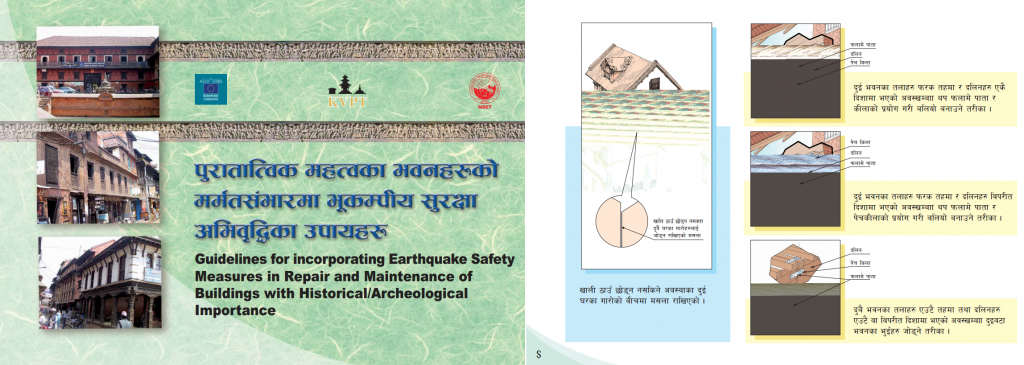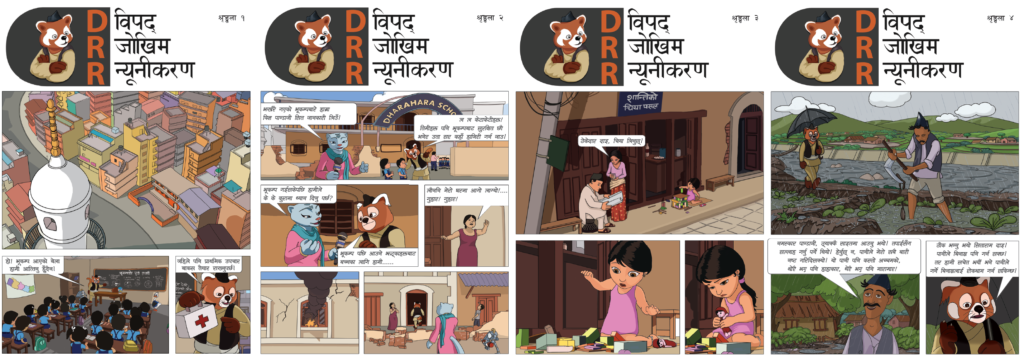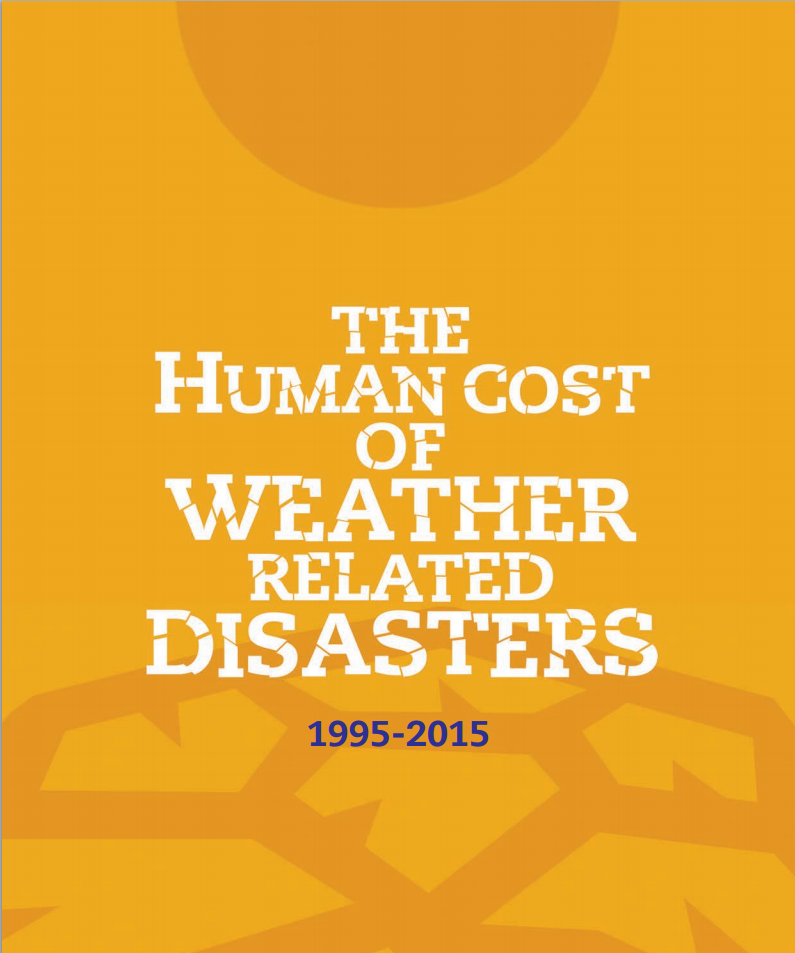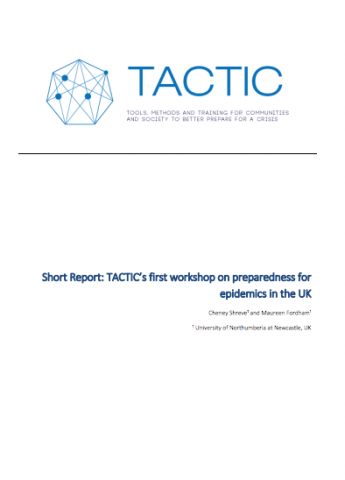Nepal earthquake: How a GO BAG (Emergency Kit) became the Bag for Survival
On April 25, 2015, an earthquake with a magnitude of over 7.8M killed more than 9,000 people and injured more than 23,000 in Nepal. This is the second story in a series which highlights preparedness measures taken by every day individuals before the earthquake struck. Based on the interaction with Sita Shrestha, Thankot “When […]
Nepal earthquake: How a GO BAG (Emergency Kit) became the Bag for Survival Read More »







